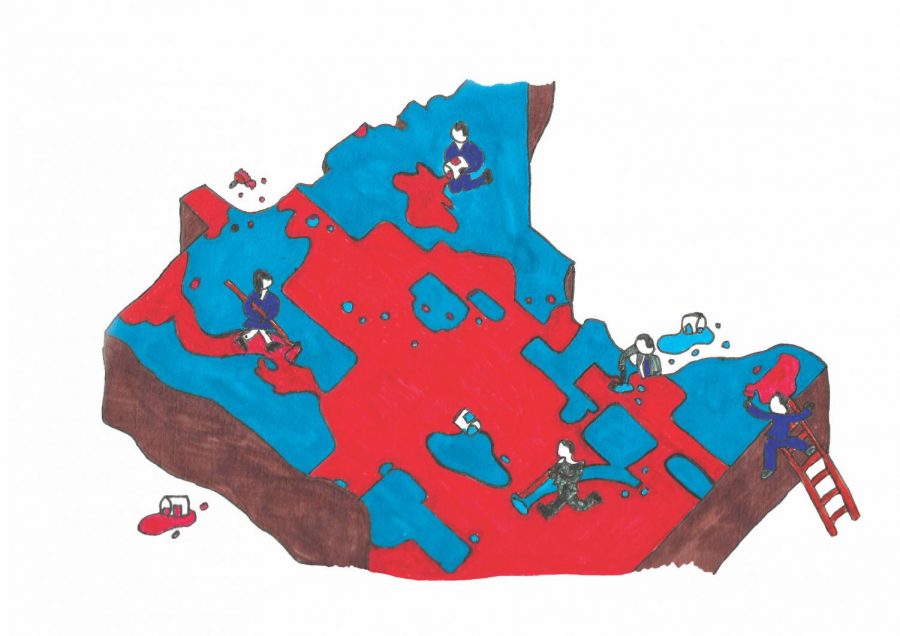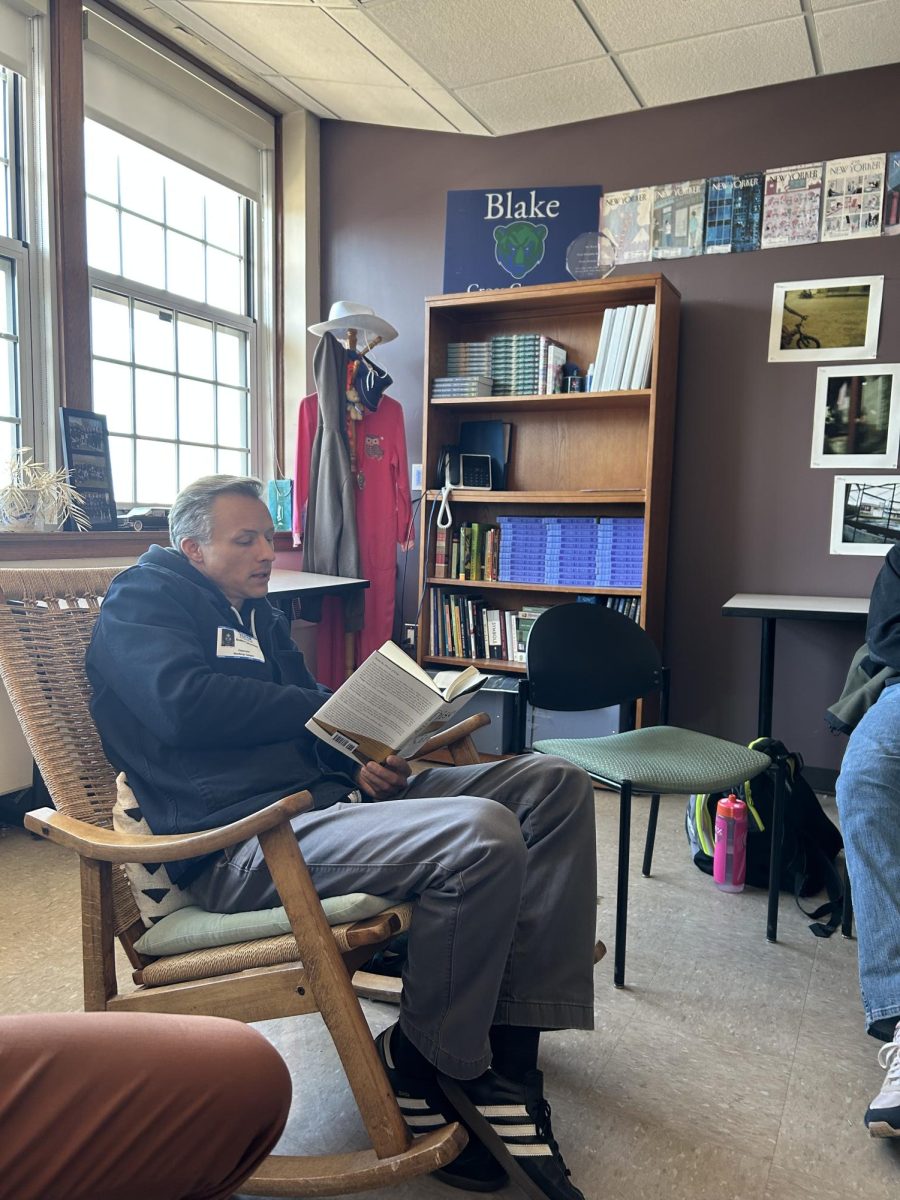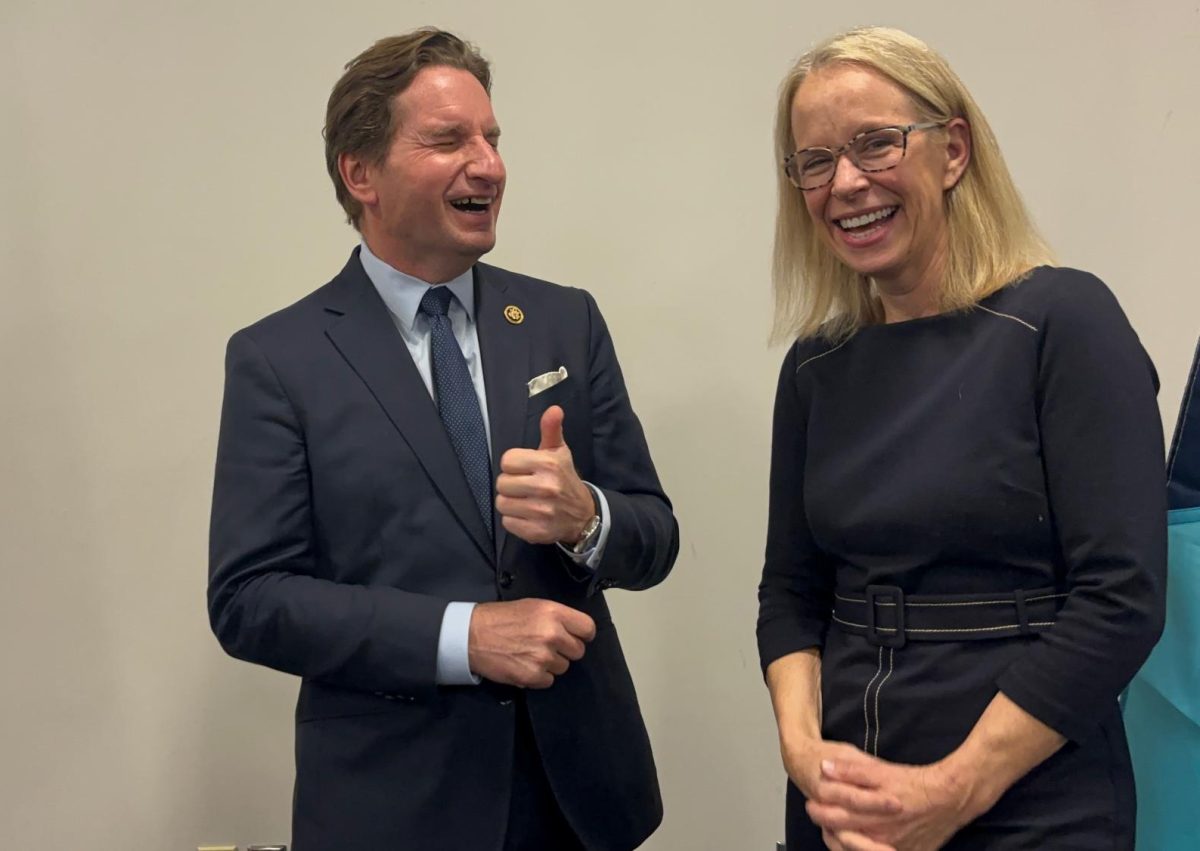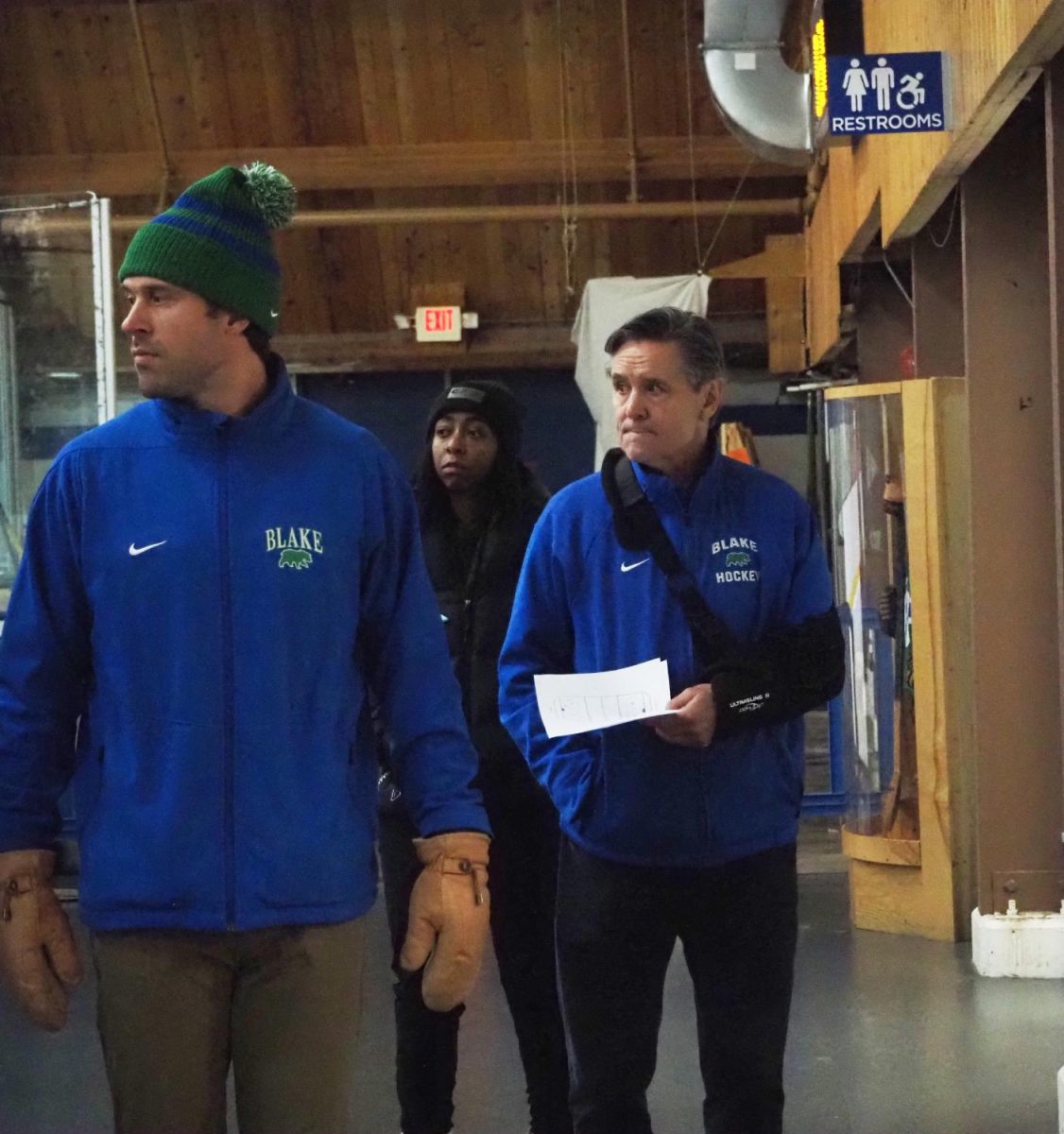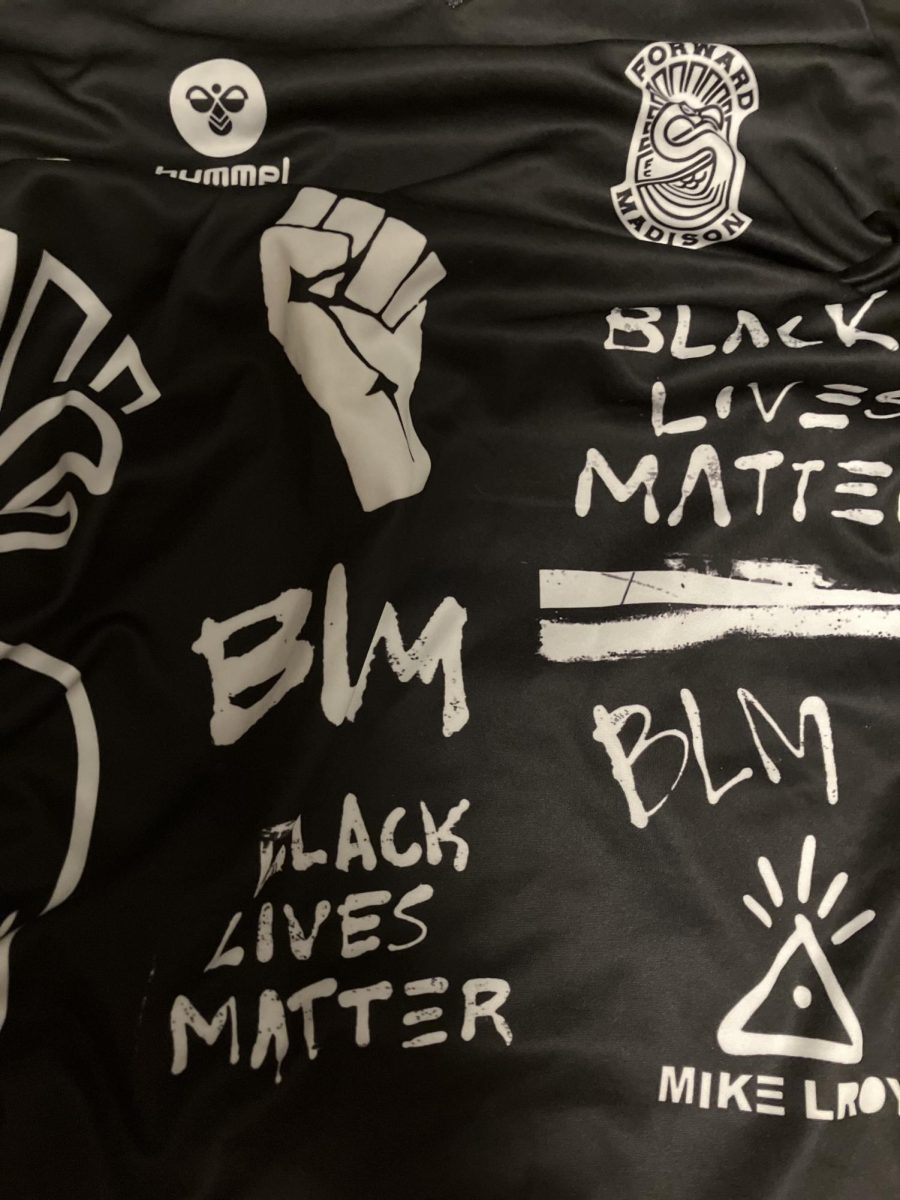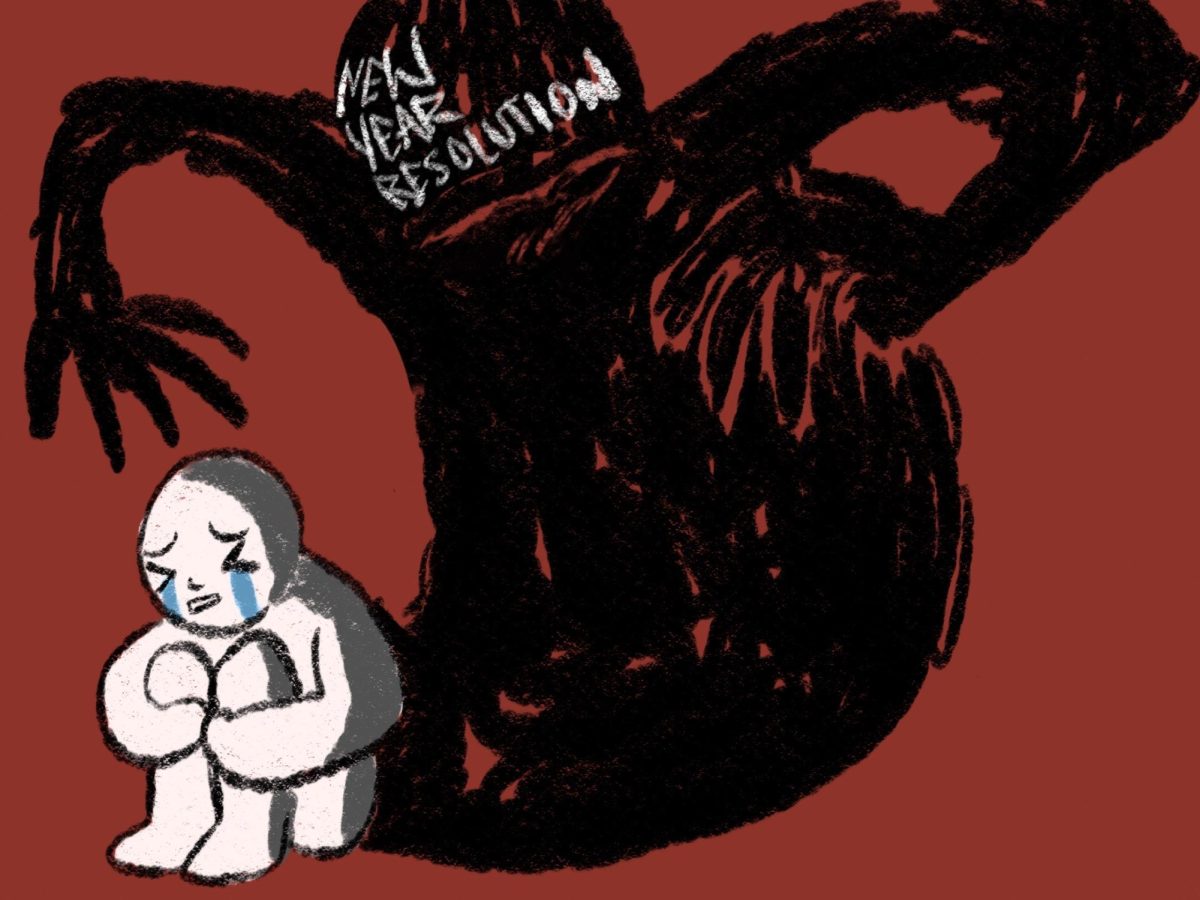November 3 is just around the corner and we all know what that means. This year’s election is particularly high stakes due to the novel coronavirus and recent civil unrest among other factors. While in some states the voting results can be easily predicted, there are other swing states, including Minnesota, that are less certain.
This has caused a political battleground, where both President Donald Trump and former Vice President Joe Biden are investing time and resources into trying to win Minnesotaís favor. In 2016, Trump lost Minnesota by about 45,000 votes, one of the top ten closest margins. This year he is putting more resources into winning Minnesota than any republican candidate since 2004. According to the Wall Street Journal, Trump is projected to invest 14.8 million dollars whereas Biden will likely only spend 3.8 million.
Despite these investments, Karen Phillips, a chaperone on Iowa caucus trips, isn’t sure how much of an impact these ads will have saying, “For some people it really is a negative…People can say anything in an ad…and I don’t know to what extent thatís really helpful to our conversation.” However, this doesn’t mean Minnesota isn’t on Biden’s mind, as one of his first in-person state visits will be in Minnesota. This begs the question, who has the advantage?
Historically speaking, the democrats. However, politics are slowly shifting. According to Five Thirty-Eight, “In 1984, the state was 18.2 points more Democratic than the nation as a whole. But in 2016, for the first time since 1952, Minnesota voted more Republican than the rest of the U.S.” While Biden is predicted, though not guaranteed, to win the state by 4.2 points, that is still 1.9 points further in Trump’s favor than the country overall.
Additionally, Trump’s law and order perspective as well as the increase in democrats shifting further left may drastically impact voting in Minnesota. After looting and property damage during the racial justice protests, many people felt that both the governor and mayor didnít do enough to solve this pressing issue.
However, Phillips points out that as soon as we start looking for law and order we can begin shutting down people’s voices, which is not something that all Minnesotans want.
Although there are a variety of different political perspectives, there are many issues similar to these could potentially change the minds of Minnesotans in the upcoming election. No matter who wins, it seems likely that the election results within Minnesota will be close.

